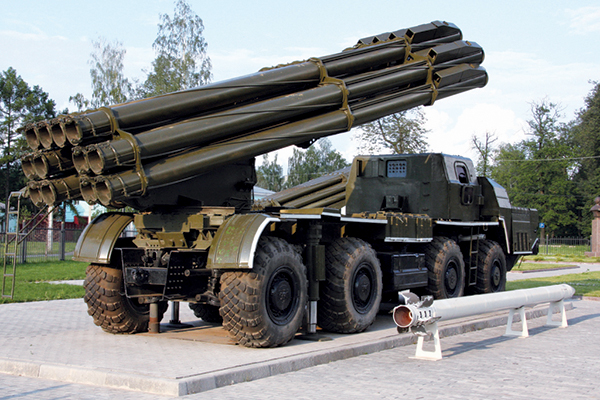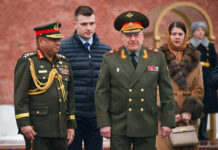India-Russia relationship still continues to remain strong. Russia has been a significant supplier of military equipment. India is also procuring the S-400 Triumf Missile from Russia, despite strong US opposition. A new ten-year defence pact between the two countries was being discussed. India-Russia annual trade is also worth about $10 billion. India’s support to Ukraine may mean Russia developing stronger ties with China and Pakistan. That can be a real-time threat to India’s national security.
The Indian security establishment is keeping a close eye on the Russia-Ukraine developments and calculating the immediate and long-term impact on the country’s defence capabilities.
About 70 per cent of Indian defence equipment are of Russian origin. However, India procures many parts of the Russian systems from Ukraine. This is because several manufacturing hubs remained with Ukraine after USSR disintegrated.
One of the main problems facing Indian forces has been servicing and maintenance of Russian military equipment since spare parts are in short supply and have to be imported not just from Russia and Ukraine but from other countries as well.
Indigenisation
Amid the ongoing Russia-Ukraine war, India issued a list of 107 sub-systems, on 24 March, that are to be banned from import and indigenised over the next six years. Several of the items on the list are meant for T-90 and T 72 tanks, warships, helicopters, infantry combat vehicles, missiles, ammunition and radars among others, all of which are procured from either Russia or Ukraine.
The subsystems or strategically-important line-replacement units – will now be “indigenised”, or procured only from the Indian industry. The import of these products will be phased out from December 2022 to the end of 2028.
Incidentally, both India and Russia were already working on a deal to indigenously manufacture the spares here through tie-ups, something which had come up for detailed discussion in 2019 between Prime Minister Narendra Modi and Russia President Vladimir Putin.
The government had, in December 2021, issued the first positive indigenisation list of subsystems, assemblies, subassemblies and other components.
Two thousand and five hundred imported items from that list have already been indigenised and the other 351 will stop being imported in the next three years.
Russian-origin tanks
Amid the ongoing war between Russia and Ukraine where the anti-tank missiles have achieved significant success against armour, the Indian Army is going to incorporate the lessons of the conflict in the design of its futuristic main battle tank.
The Indian Army has been one of the biggest users of Russian armour including the T-90, T-72 and BMP-series infantry combat vehicles which are the mainstay of the force.
In the Ukraine-Russia conflict, reports from the war zone have suggested that the Ukrainians have extensively used anti-tank guided missiles to exploit the weakness of the Russian armoured vehicles and achieved significant success too.
Indian armed forces have been keeping a close eye on the developments on the battlefield as a lot of equipment is common including the tanks being used there.
The inputs are being analysed and the lessons would be incorporated into the design of the futuristic main battle tanks that would be produced and used by the Indian Army in coming years.
The Indian Army earlier used to deploy these tanks only along the desert and plain borders with Pakistan but they have now become the face of Indian resolve along the China border too as large numbers are deployed there from Ladakh to Sikkim.
In the Russia-Ukraine war going on for around 46 days now, a number of European and North American nations are supplying anti-tank and anti-aircraft equipment such as the Carl Gustaf anti-tank rocket launchers, NLAWs and AT-4.
The design of the tanks is at least three to four decades old but the anti-tank missiles and rockets have been designed as per the latest requirements and have an upper hand in the present scenario.
The Indian designers would make an attempt to offset that advance in the futuristic main battle tanks that would be built some years from now, they said.


















